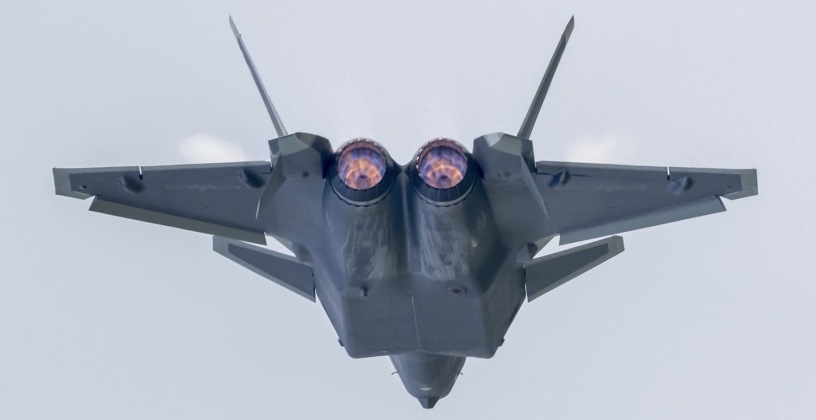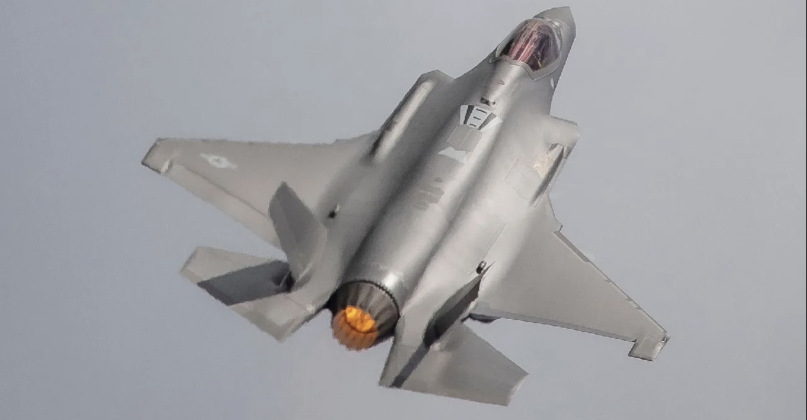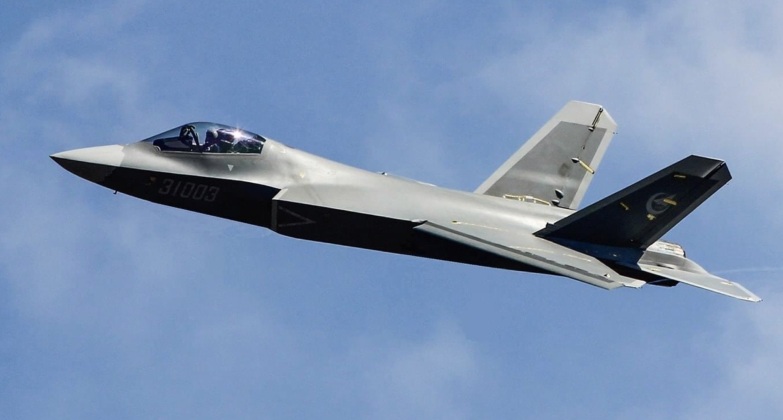Since the 1980s as the world’s first fifth generation fighter programs began to materialise in the United States and the Soviet Union, the ability to fly supersonically for sustained periods without using engine afterburners was seen as a defining capability for the new generation of aircraft – a capability known as supercruise. The benefits of sustained supersonic flight were first demonstrated by the Soviet MiG-31 Foxhound interceptor, the fastest aircraft of its generation, which although using afterburners could still fly at speeds approaching Mach 2 far longer than any other tactical aircraft ever had. A pioneer of supercruise capabilities was the F-22 Raptor which joined the U.S. Air Force in 2005, and although reliant on engines with similar thrust to those of the MiG-31 had a much more impressive flight performance due to the much lower weight of the aircraft itself and resulting higher thrust/weight ratio. Wide ranging issues with the F-22 particularly pertaining to its extreme maintenance needs and poor availability rates, resulted orders to terminate production being given less than four years after the fighter entered service, with the aircraft scheduled to begin retirement in 2023 as airframes are placed in storage after completing just a small fraction of their service lives.

The F-22 program’s early end left an opening for its Chinese counterpart, the J-20 Mighty Dragon, to become the only production stealth fighter in the world capable of supercruise. Although initially relying on stopgap Russian engines, J-20s produced from mid-2019 began to use indigenous WS-10C engines which allowed it to fly supersonically for sustained periods without afterburners. The only other fifth generation fighters produced since the F-22, namely the American F-35 and Russian Su-57, both lack a supercruise capability. The F-35 was designed as a lighter and cheaper counterpart to the F-22, with its use of a single engine and lower thrust/weight ratio making it one of the slowest fighters in the world and meaning it is not even close to a supercruise capability. The Su-57 meanwhile, which has been produced in very small numbers leaving only six operational in the Russian Air Force, has yet to move past its stopgap AL-41 engine and integrate the new Saturn 30 that will allow it to supercruise.

The J-20’s flight performance is expected to be improved significantly as it moves onto its third engine for serial production airframes, the WS-15, which is expected to be the most powerful ever integrated onto a twin engine fighter and allow it to supercruise at far higher speeds. The engine will reportedly increase the fighter’s already high manoeuvrability, allow it to operate at higher altitudes, significantly increase its range, reduce the time needed between overhauls, and reduce maintenance needs. The first J-20 was seen flying with the WS-15 in January 2022 for testing purposes. Following the J-20, a number of other stealth fighter designs are also expected to benefit from supercruise. The FC-31 which is expected to serve as the prime carrier based fighter for China’s navy, as well as a major export fighter, is also expected to be able to supercruise and represents a medium weight design between the J-20 and F-35 in size. Russia’s own lightweight fifth generation fighter the Checkmate, which is expected to make its first flight around 2026, is also expected to be supercruise capable.

The Su-57, meanwhile, will according to some reports be able to supercruise at Mach 2 when the Saturn 30 becomes operational around 2025. South Korea’s own fifth generation fighter, the KF-21 is not expected to be supercruise capable due to its reliance on American F414 engines, which even among fourth generation designs are modest in how much thrust they can put out for the medium weight aircraft. Chinese and American sixth generation fighters which are expected to enter service around 2030 are also expected to be supercruise capable. The J-20 may thus retain its unique position as the only supercruising stealth fighter in production until around 2025, when the Su-57’s new engine becomes operational and the FC-31 enters service. This capability will become more widespread around 2030 as the Checkmate and various sixth generation fighters enter service.
